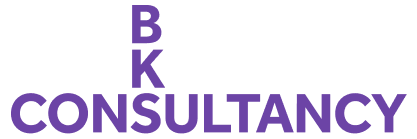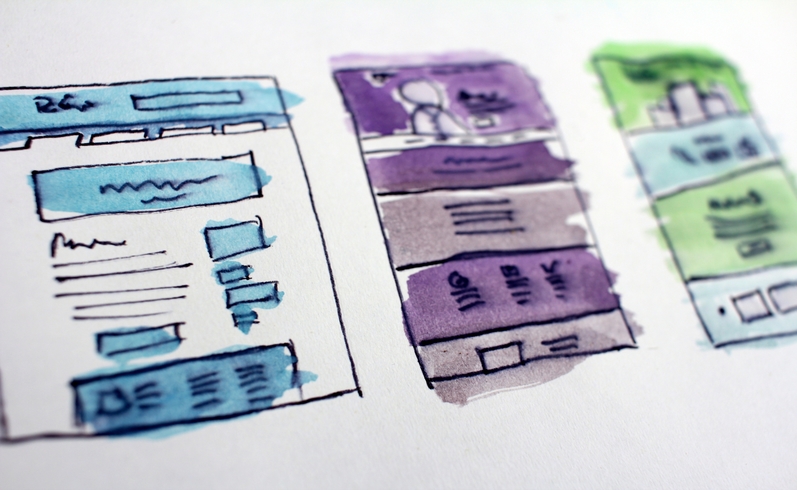Every marketer needs a designer to creatively bring a brand to life; it could be creating a simple communication piece or something more complex for your company, product, service or campaign. The difficultly is making sure the final piece actually delivers on what you want it to do. Our tips on the steps to take so that your final piece delivers the results you want.
Do I really need a design brief?
You may think you don’t need a design brief, especially if you brief a designer face-to-face or have a quick call with them and tell them what you want. It’s great to have an initial conversation but you’ll end up wishing you had created a brief as you’ll probably spend more time and effort on the project, and you may end up with something which isn’t what you asked for or wanted. Creating a design brief is an opportunity for you to be really clear about what your requirements are. Having an effective design brief gives a designer direction and helps you measure the success of the final outcome against the brief objectives. If you take your time up-front to be really clear within your brief, you’ll save time and money as you’ll probably have less iterations.
Key elements to include within a brief
So what should go into your brief? the key steps are as follows. One thing to note as you’re writing, make sure you keep your client or customers in mind, after all they’re the ones who will respond to the final piece.
- What do you do as a business? (even if it’s only a summary it’s good to add this in. Don’t assume the designer will know about your business)
- Then detail what you’re trying to achieve eg: (outline of the project; think about the problem/challenge/opportunity you are trying to address)
- Where and when is the communication going to be used?
- List out the objectives of the project and how it link’s to your overall business objectives
- Whose the target market? (give as much detail as possible)
- What are the key messages (list no more than 3)
- What tone of voice should the communication be, visually and in copy (formal, informal, first person, third person, technical etc..)
- What copy/images are you providing – who is writing the communication? (make sure you share style guidelines and brand guidelines if appropriate)
- Do you have any specific specifications/requirements the designer needs to understand? (such as how you want it created, eg: online, video, printed, colour, size, quantity)
- What’s your budget and timescale (it’s good to include any review/sign-off dates and who will sign off the final piece)
Getting the right person to design it
Seems obvious but there are lots of designers out there, you may have your preferred suppliers but it’s worth checking that you have the right designer for the project before briefing it to an existing supplier (after all different requirements may need different designers).The key elements to check before you start working with a designer are:
- You’ve reviewed their portfolio and feel that they have worked on similar projects in the past or that they understand your requirements
- You’re happy with the references and the results from previous clients
- You understand their working style and the design process they follow
- You feel that you can work with the designer and can communicate with them effectively
Next steps
70% is the getting the brief and designer right, once you’ve got that sorted. The other bits to help you get the final piece as per your brief are:
- Look to share visual examples of brands/communication which may be similar to what you are trying to achieve to help the designer.
- Arrange a meeting with the designer once they’ve had a chance to review the brief. Face-to-face is always best but you can also have a call, use this as an opportunity talk through the brief. What your after and answer any questions the designer may have.
- Check the timelines are realistic and adjust if necessary. Find out when you can expect the first draft and when they need feedback from you
- When you get your draft from the designer, give feedback and comments within one document, collating all stakeholders comments
- Finally, try not to re-write copy (unless you’re a copywriter, in the first instance explain what isn’t working and why, go back to the brief and the key messages)
Success…
Following the steps above you should end up with a well created piece which matches up to the objectives of your design brief. Now, it’s just about tracking how the final piece delivers. Track your results and if it’s an ongoing project, feed back comments to the designer. But in the end it’s the target market who will really determine success. Keep a note of your findings on how it performed for any future communications/projects so you can constantly improve what you do.
We can help
If you need help managing a marketing project just get in touch. We offer an initial free 20 min phone consultation to talk through how we could help. Disclaimer: BKS Consultancy is providing this information in an advisory capacity and is providing independent advice based on experience. BKS Consultancy cannot be held responsible for any decisions made based on the advice above without expert guidance.





Comments are closed